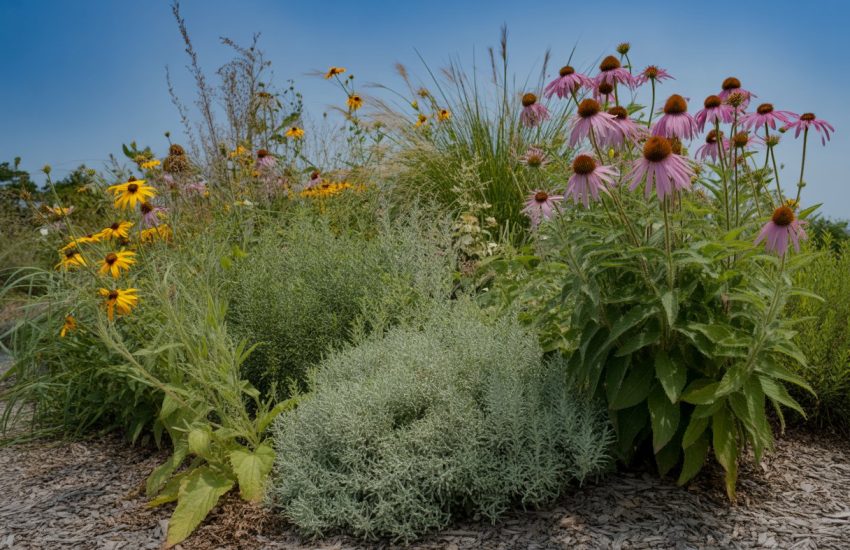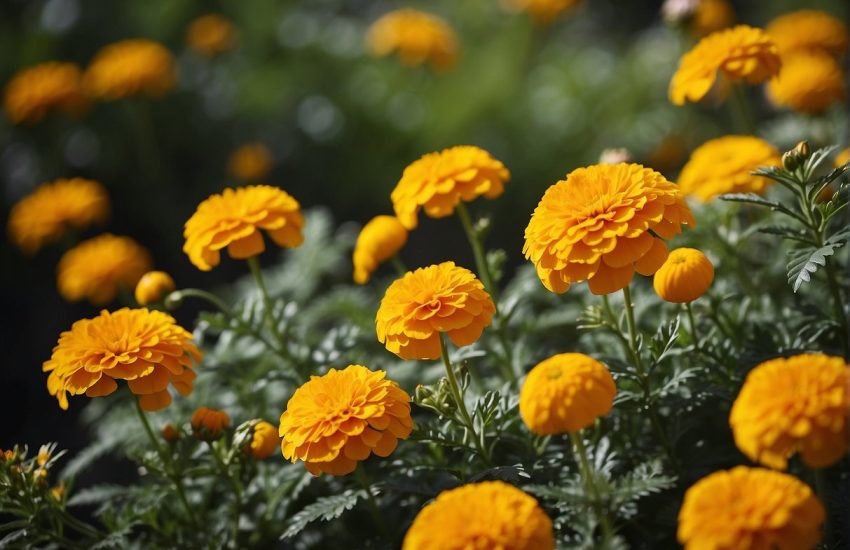What Zone is MN: Understanding Minnesota’s Climate Zones
Minnesota is a state in the Midwestern region of the United States. It is known for its cold winters and hot summers, making it a challenging environment for gardeners. Understanding the USDA Plant Hardiness Zone is essential for gardeners to know what plants will thrive in their area.
The USDA Plant Hardiness Zone Map divides the United States into 13 zones based on the average annual minimum temperature. Minnesota ranges from USDA Zone 2b to USDA Zone 4b, with the majority of the state in Zone 4. The northern third of the state is in Zone 3, with extreme low temperatures between -30 to -40°F. Gardeners in Minnesota should choose plants that are hardy enough to survive the cold winters and short growing season.
Climate changes can affect the plant hardiness zones, and the USDA updates the map every few years to reflect these changes. The most recent map, released in 2023, shows that Minnesota has increased its zone 5a area, especially in the south and central parts of the state. However, some areas may report a lower plant hardiness zone number. Gardeners should always check the hardiness zone of their area before planting to ensure the best chance of success.
Understanding USDA Plant Hardiness Zones in Minnesota
Overview of USDA Hardiness Zones
The USDA Plant Hardiness Zone Map is a useful tool for gardeners and growers to determine which plants are most likely to thrive in a specific location. The map is based on the average annual extreme minimum winter temperature and is divided into 13 zones, with each zone having a 10°F difference in temperature.
Minnesota’s Zone Distribution
Minnesota is located in the northern part of the United States and has a cold climate. The state is divided into three USDA Hardiness Zones: Zone 3, Zone 4, and Zone 5. Zone 3 covers the northernmost part of the state, while Zone 5 covers the southernmost part of the state. The middle part of the state is covered by Zone 4.
Interpreting the USDA Plant Hardiness Zone Map
To determine the USDA Hardiness Zone for a specific location in Minnesota, gardeners and growers can use the interactive map provided by the USDA. The map allows users to enter their location, zip code, or state to find their zone. The interactive map also provides information on the average annual extreme minimum winter temperature for each zone.
It is important to note that the USDA Plant Hardiness Zone Map is not a guarantee of plant survival. Other factors such as soil type, moisture, and sunlight also play a significant role in plant growth and survival. Gardeners and growers should use the map as a general guide and consult with local experts to determine the best plants for their specific location.
In Minneapolis, the USDA Hardiness Zone is 4b, which means the average annual extreme minimum winter temperature is between -25°F to -20°F. Southern Minnesota has a warmer climate and is covered by Zone 5a, which means the average annual extreme minimum winter temperature is between -20°F to -15°F.
In conclusion, the USDA Plant Hardiness Zone Map is a useful tool for gardeners and growers to determine which plants are most likely to thrive in a specific location. Minnesota is divided into three USDA Hardiness Zones: Zone 3, Zone 4, and Zone 5. Gardeners and growers should use the map as a general guide and consult with local experts to determine the best plants for their specific location.
Gardening Tips for Minnesota’s Climate
Selecting the Right Plants for Your Zone
One of the most important factors to consider when gardening in Minnesota is the plant hardiness zone. Minnesota is primarily in USDA Zone 4, which means the extreme low temperature in the zone gets to between -20°F and -30°F. The northern third or so of the state is in zone 3 (-30°F to -40°F). To find out what your hardiness zone is down to the zip code level, use the USDA Plant Hardiness Zone Map or consult with a local nursery.
When selecting plants, it is important to choose ones that are hardy enough to withstand the cold winters in Minnesota. Some good options include coneflowers, black-eyed Susans, daylilies, and hostas. It is also important to consider the amount of sunlight and water the plants will receive, as well as soil type and pH. For example, blueberries thrive in acidic soil, while tomatoes prefer a more neutral pH.
Microclimate Considerations
In addition to the hardiness zone, microclimates can also affect plant growth and survival. Microclimates are small areas that have different climatic conditions than the surrounding area. For example, a south-facing slope may have warmer temperatures than a north-facing slope. Buildings, walls, and other structures can also create microclimates by blocking wind and providing shelter.
When planning a garden, it is important to consider the microclimates on your property. For example, a garden located on a south-facing slope may be able to support plants that would not survive in other areas of the property. Similarly, a garden located near a building may be protected from strong winds, which can damage plants.
Soil Type and Preparation
Soil type and preparation are also important factors to consider when gardening in Minnesota. The state has a wide range of soil types, from sandy soils in the south to heavy clay soils in the north. It is important to test the soil and amend it as needed to ensure that it has the right nutrients and pH for the plants you want to grow.
In general, most plants prefer well-drained soil that is rich in organic matter. Adding compost or other organic matter to the soil can help improve its structure and fertility. It is also important to water plants regularly, especially during dry spells. Mulching around plants can help retain moisture in the soil and prevent weed growth.
By selecting the right plants for your zone, considering microclimates, and preparing the soil properly, you can create a beautiful and thriving garden in Minnesota’s unique climate.


